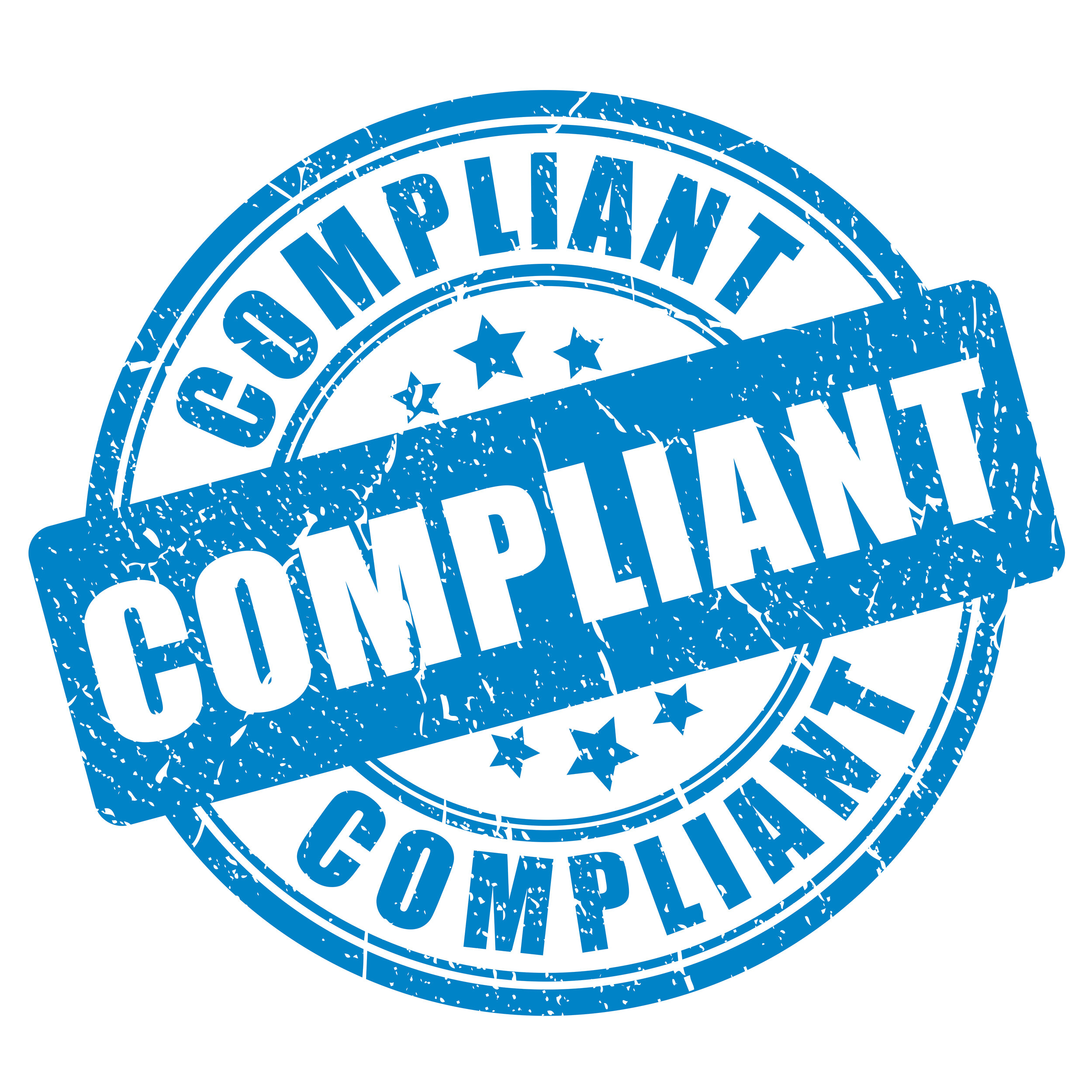We Talked to the OCR. Here’s What We Learned.

Most kids try to stay out of the Principal's office, and most school website providers (and most schools) try to avoid contact with the Office of Civil Rights (OCR). But at eChalk, we welcomed a recent opportunity to learn from the agency responsible for enforcing civil rights laws on accessibility for school websites and other electronic communication (among other things). The OCR was reviewing the websites of one of eChalk's clients, and we asked to speak with the OCR's reviewing team about any issues they found with the eChalk platform. We saw it as a chance to learn from the experts and get feedback on all the work we have done to make eChalk sites accessible for people with disabilities. Here's what we learned from the experience.
1. Not everything that matters to the OCR shows up in an automated accessibility report.
Automated third-party accessibility checkers serve a purpose, but you can’t count on automated reports to pick up everything that OCR cares about. Some things—such as keyboard focus, tab order and anything involving user interaction—simply don’t show up with these tools. In general, automated accessibility checkers like the WAVE tool only pick up about 30% of accessibility issues. Human review is always required to ensure that a school website meets ADA and Section 508 requirements.
2. Our website platform was in very good shape, but it can always be improved.
Our work over the last three years has made eChalk the most accessible school website platform. Our platform comes with built-in accessibility features like ARIA landmarks, keyboard navigation tools, automated header hierarchy and controls to make sure text is high-contrast. We also created eChalk GUIDE, our integrated accessibility tool, to help content creators follow best practices in accessibility when creating content. But we know that we can always get better. So when we had the opportunity to speak with the OCR, we jumped at the chance to get feedback straight from the horse’s mouth.
Our OCR contacts came back with a few recommendations to resolve five specific accessibility issues on the platform. Some of those changes included adding hidden text to the automated “Read More” buttons for people using screen readers, making the eChalk Notify widget accessible through keyboard navigation, and making some changes to the way long pop-up windows are treated in some themes. We took those recommendations and made the changes over the following week. Now that those fixes are made, our website platform is more accessible than ever. Releasing these improvements fixed these minor accessibility issues across all eChalk school sites, not just the ones reviewed by the OCR.
3. OCR was a lot more helpful than we expected.
We got the impression that our OCR contacts were pretty surprised to hear from us—apparently, it’s not common for vendors to reach out. But we’re so glad we did. The people we worked with were professional, knowledgeable and happy to help.
Many schools and districts would prefer to avoid contact with the OCR. Schools can be subject to fines and loss of funding if the OCR finds that their website does not meet ADA and Section 508 standards for accessibility. However, the agency’s mission is not to punish schools, but to help them improve. When schools or districts are contacted by the OCR about a compliance issue, they are provided with the findings and given remedy recommendations and a timeline for mitigation. We found that the OCR is very willing to work with districts that are making an effort to improve.
Putting Our Findings to Work for Our Schools
At eChalk, website accessibility is one of our primary commitments. School websites contain important information, and everyone should have access to that information, regardless of disability. That’s why we are working with schools and districts to help them address OCR complaints and improve website accessibility. Read more: Powhatan Clears OCR Complaint with Accessible eChalk Website
The first step to a more accessible school website is ensuring that the platform you are using supports accessibility features that the OCR looks for, such as ARIA tagging and proper header structure. Often, schools find that the complaints identified by OCR are inherent to the platform itself and not within their direct control. Other issues may be fixable, but require substantial time and expertise to address.
If you’ve been contacted by the OCR about website accessibility issues, don’t panic. We can help you understand your OCR complaint and what you need to do to fix the issues identified. We can even do the work for you. Our ADA transition package includes full transition support services, accessibility training and eChalk GUIDE to ensure that your team is prepared to maintain accessibility for the long run. Because when it comes to addressing OCR complaints, you shouldn’t have to go it alone.